Commodities ETF: The Tax Difference
Commodity ETFs and ETNs have come a long way in recent years allowing investors to gain exposure to many commodity indexes ranging from very broad to very narrow. The recent downfall of Lehman Brothers left the holders of their ETNs out of luck holding the unstructured debt. The risk of ETNs is apparent and one can pass over this risk by instead investing with ETFs. However, ETFs in the commodity space may not be worth the extra security for some investors.
ETNs are promissory notes issued to represent and give the return of ownership of a currency exchange, commodity, and any asset that poses a barrier for others to invest directly into for a fee they receive through an expense ratio. The key difference is that ETNs do not have hold the underlying assets but instead are like a bond, promising return but representing no ownership The appeal of these investments is the ability to gain easy access to unique assets or investment strategies.
ETFs have a different structure that mandates an issuer hold the underlying assets. Commodity ETFs track an index of continuously renewing futures contracts for the underlying commodities.
Unlike many other stock indexes which have a lot of similar characteristics and holdings, commodity indexes are very different. Each broad commodity index has a unique way of weighting among different commodities and has different methods for the commodities the index selects for inclusion. Commodities are a broad category and the benefits commodities provide vary by the individual commodity as each commodity has vastly different risks and diversification benefits. When adding commodities to a portfolio two things should be considered, the kind of commodities and weather an exchange trade note or fund is most suitable.
Choosing ETF or ETN
Commodity ETFs are structured differently from stock and bond ETFs. When investing in every other kind of ETF outside of commodities, the ETF structure is relatively tax efficient. Commodity ETFs do not have this tax efficient structure and investors are considered shareholders in a trust whose sole purpose is to invest in the underlying index. Because of this, owners of a commodity ETF will receive a K-1 tax form for their share of gains and losses of the fund from the trading of the underlying futures contracts. Unlike other ETFs no selling is required for there to be tax consequences at the end of each year.
ETNs remain tax efficient but lack a certain level of security since the products are unsecured debt. The assurance of repayment lies in the issuing investment bank’s ability to meet its obligations. Lehman Brothers unfortunately defaulted on its ETNs in the wake of their bankruptcy. The risk of investing in ETNs is two fold. The first risk is the credit risk of the issuer especially with the uncertainty of banks and financial institutions continuing to remain viable. Of course the second risk is the risk from investing in the asset represented by the ETN.
Share This Story, Choose Your Platform!
Wiser Wealth Management, Inc (“Wiser Wealth”) is a registered investment adviser with the U.S. Securities and Exchange Commission (SEC). As a registered investment adviser, Wiser Wealth and its employees are subject to various rules, filings, and requirements. You can visit the SEC’s website here to obtain further information on our firm or investment adviser’s registration.
Wiser Wealth’s website provides general information regarding our business along with access to additional investment related information, various financial calculators, and external / third party links. Material presented on this website is believed to be from reliable sources and is meant for informational purposes only. Wiser Wealth does not endorse or accept responsibility for the content of any third-party website and is not affiliated with any third-party website or social media page. Wiser Wealth does not expressly or implicitly adopt or endorse any of the expressions, opinions or content posted by third party websites or on social media pages. While Wiser Wealth uses reasonable efforts to obtain information from sources it believes to be reliable, we make no representation that the information or opinions contained in our publications are accurate, reliable, or complete.
To the extent that you utilize any financial calculators or links in our website, you acknowledge and understand that the information provided to you should not be construed as personal investment advice from Wiser Wealth or any of its investment professionals. Advice provided by Wiser Wealth is given only within the context of our contractual agreement with the client. Wiser Wealth does not offer legal, accounting or tax advice. Consult your own attorney, accountant, and other professionals for these services.





